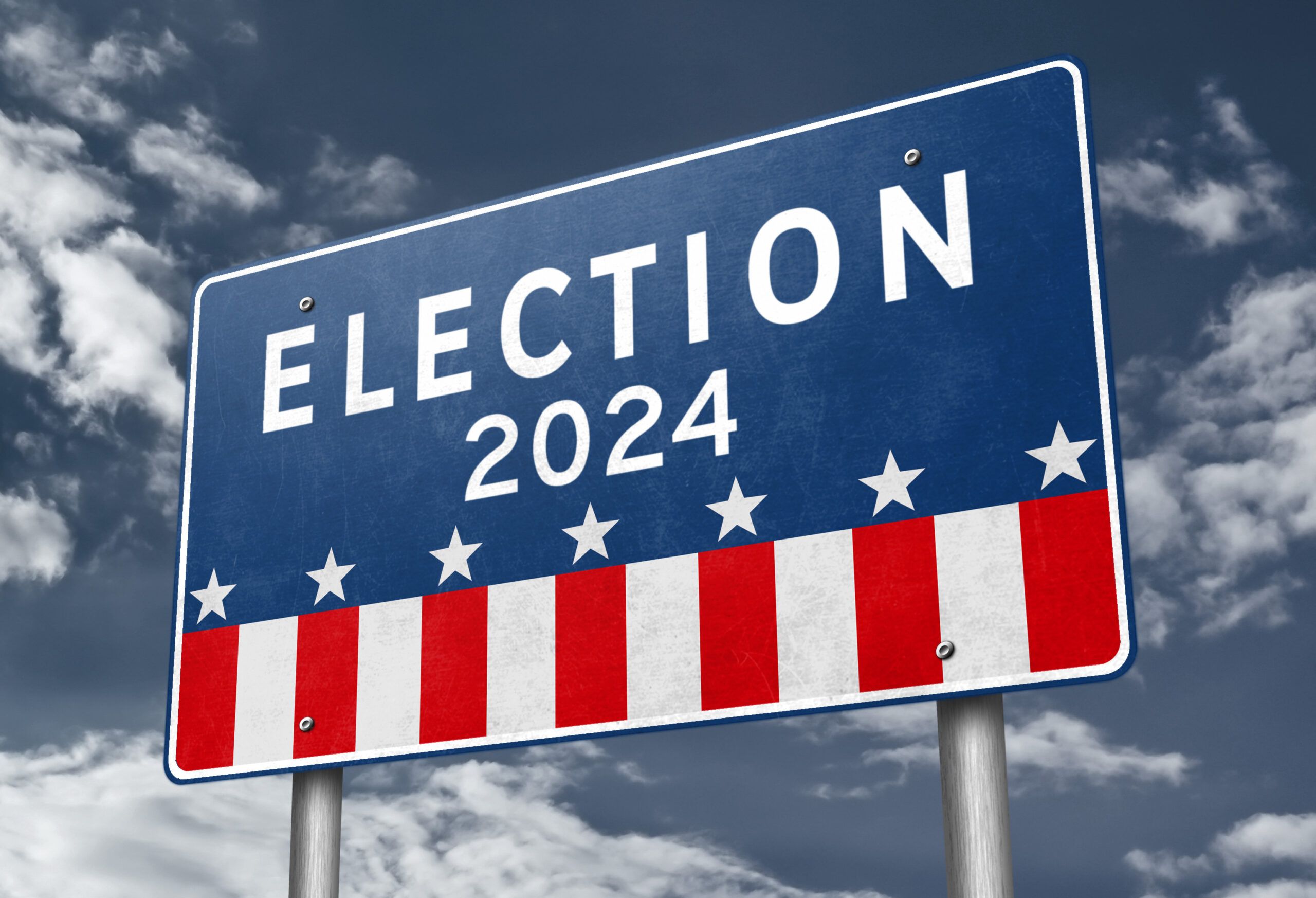Lafayette Downtown Development Authority formation favored nearly 2-1

LAFAYETTE — A measure approving the formation of a Lafayette Downtown Development Authority was ahead by a wide margin as of Boulder County’s 9:18 p.m. vote tally. Still, only a small number of votes on the matter had been counted.
Lafayette Ballot Question 6A was favored by 75.21% with 24.79% opposed, with only 117 votes counted.
If passed, the measure would replace the Lafayette Urban Renewal Authority with a Lafayette Downtown Development Authority.
SPONSORED CONTENT
A complementary measure, Lafayette Ballot Question 6B, which would enshrine the new DDA’s ability to collect, retain and spend money, was passing by a similar margin.
Established in 1999 in an effort to revitalize an area of Old Town generally located along a stretch of Public Road from Baseline Road to the north to South Boulder Road to the south, LURA’s tax-increment financing is “sunsetting this year” in October, Lafayette economic development director Brigid Keating said during an August Lafayette City Council hearing on the ballot measure. City officials approved an ordinance this fall sending the matter to a vote of Lafayette residents.
In anticipation of this funding expiration, city leaders and staff established the Old Town Tomorrow: The LURA Transition Project working group to evaluate options for continuing revitalization and economic-development work in Lafayette’s core district.
“We have been working for over two years now on this. The Old Town Tomorrow project working group evaluated four options for Old Town after LURA, and what was recommended was Downtown Development Authority,” Keating said in August. “A DDA was recommended as a best alternative to support businesses, serve as a unified voice for Old Town and continue to revitalize the city’s downtown while also preserving its diverse, creative and eclectic character.”
A DDA, according to a Lafayette city memo, “is a quasi-governmental entity that provides both organization and financing for downtown revitalization efforts. It operates in an accountable and transparent manner and can utilize tax increment financing to fund district improvements. TIF is a tool used by local governments across the country to fund improvements in a specified area without raising taxes. Instead, as an area’s property and sales tax revenues increase, that value is captured and reinvested to fund improvements that will help achieve a community’s desired goals.”
This story will be updated as new vote counts are released by election officials.

